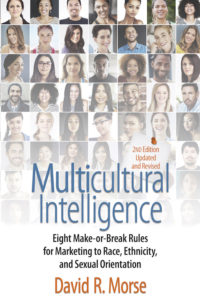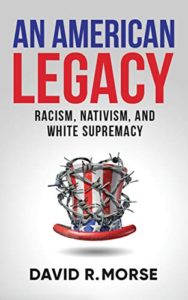While the discussion over immigration, legal and illegal, devolves further into a cesspool of anti-hispanic rhetoric and tantrums over building a wall on our southern border, a shift in who is coming to the U.S. has been in effect for a few years. A recent Pew Research Center survey shows a long-term trend is continuing: that is, more Asians are migrating to the U.S. than Hispanics.
More than 1 million immigrants arrive in the U.S. each year. In 2016, the top country of origin for new immigrants coming into the U.S. was India, with 126,000 people, followed by Mexico (124,000), China (121,000) and Cuba (41,000).
By race and ethnicity, more Asian immigrants than Hispanic immigrants have arrived in the U.S. each year since 2010. Immigration from Latin America slowed following the Great Recession, particularly from Mexico, which has seen net decreasesin U.S. immigration over the past few years.
Asians are projected to become the largest immigrant group in the U.S. by 2055, surpassing Hispanics. In 2065, Pew Research Center estimates indicate that Asians will make up some 38% of all immigrants; Hispanics, 31%; whites, 20%; and blacks, 9%.
But you don’t hear any anti-Indian or anti-Chinese rhetoric coming out of the President’s mouth or fast little twitter fingers. Not yet, anyway. And while there’s been no polling on it that we can see, it’s a safe bet that most Americans assume that the overwhelming majority of immigrants are coming from Mexico and Central America. There may be several reasons for this. First, the media, just by reporting utterances by the President (and others of his ilk) that the U.S. is being swamped by Hispanics/Latinos on the southern border, without pushing back, reinforces this myth.
And it is a myth. Perhaps it’s an undocumented issue, and far more immigrants from Mexico and Central America are undocumented than from elsewhere. Actually, no. Here, again, from Pew:
The number of apprehensions at the U.S.-Mexico border has sharply decreased over the past decade, from more than 1 million in fiscal 2006 to 408,870 in fiscal 2016. In the first two quarters of fiscal 2017, which started Oct. 1, there have been about 199,000 border patrol apprehensions at the Southwest border, compared with 186,000 for the same period in 2016. Today, more non-Mexicans than Mexicans are apprehended at the border. In fiscal 2016, the apprehensions of Central Americans at the border exceeded that of Mexicans for the second time on record.
Maybe Latino/Hispanic immigrants just have an image problem, made worse by rhetoric by the President (and others of his ilk). Because while nearly two thirds of Americans see immigrants as a boost, rather than a burden to the country, when you break down perceptions of the race of immigrants, the picture is different. From Pew:
Americans also hold more positive views of some immigrant groups than others, according to a 2015 Pew Research Center immigration report. More than four-in-ten Americans expressed mostly positive views of Asian (47%) and European immigrants (44%), yet only a quarter expressed such views of African and Latin American immigrants (26% each). Roughly half of the U.S. public said immigrants are making things better through food, music and the arts (49%), but almost equal shares said immigrants are making crime and the economy worse (50% each).
Interesting to note that Americans view immigration in general far more positively than they view any particular group of immigrants, even the most “popular” immigrant group, Asians. It would be fascinating to dig deeper into these attitudes and where they come from and how they’re reinforced.
There’s much more fascinating immigration data in the Pew report.



